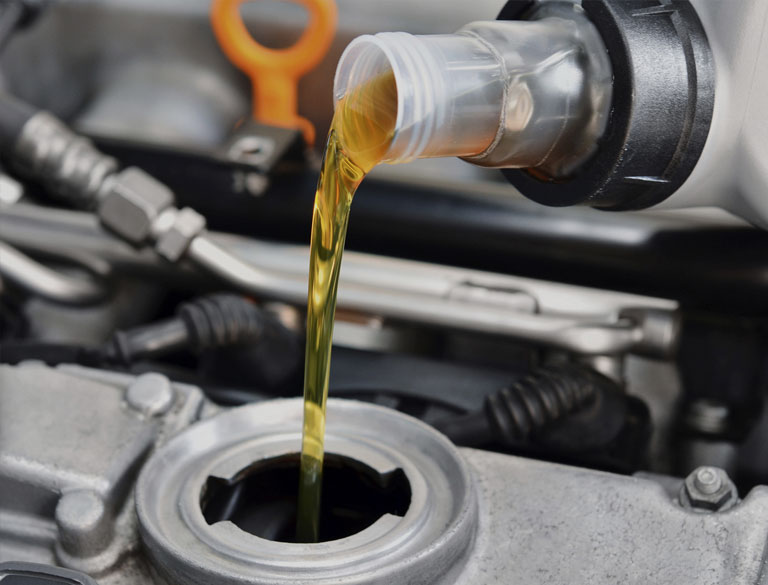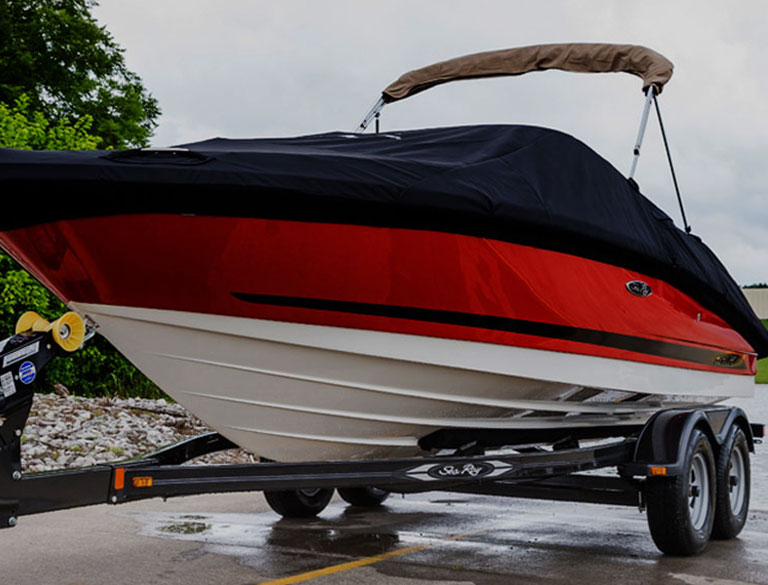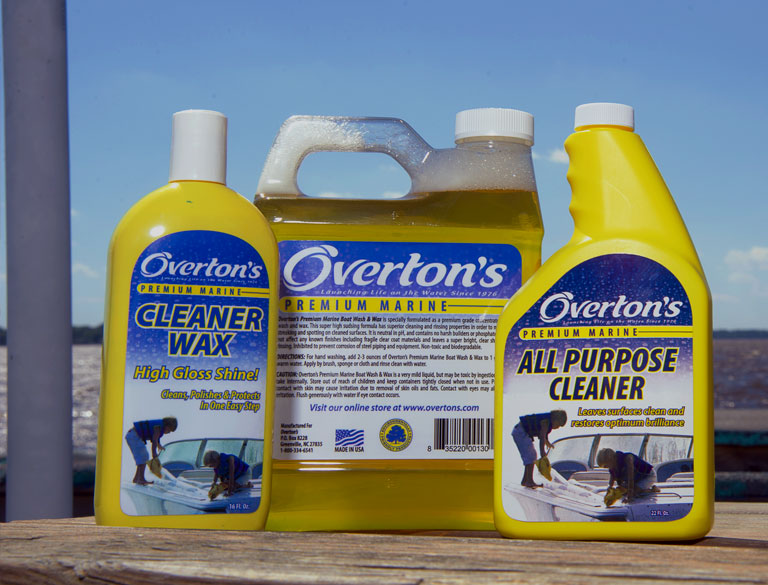Winterizing Your Boat
There are only two seasons recognized by avid boaters: on the water and off the water. Once the leaves start to let go of their limbs and the temperature threatens to drop, it’s time to start winterizing your boat. Think of the winterizing process as a way of protecting your investment, tucking it in nice and snug for hibernation. Preparing for cold weather provides the opportunity to inspect your boat from bow to stern for any issues developed during summer use. In the event a professional repair is needed, your wallet will thank you for doing it in the fall instead of the spring. Before beginning, you should look through your owner’s manual for winterizing recommendations regarding your particular boat and motor. Manufacturers always include tips and advice to help prepare for the colder months. A checklist, like the one below, can make the entire process run quickly and smoothly.
Motor Maintenance
Since winter’s icy grip reaches for the engine first refusing to let go until freezing, corrosion, fuel degradation or worse occurs, it’s best to start the winterizing process here. Remove or pull back the engine cover to inspect all wires, clamps, and connections to ensure they’re not loose or frayed. Replace hoses that have cracked or lost their firmness and adjust the tension of the belts. Warm the engine by running it for several minutes and once up to temperature, change both the oil and filter. It’s important to check the oil after draining to ensure there isn’t excess moisture or water mixed in. If there is, it’s a sign of a potential leak and consulting your boat mechanic is advised.
Flush the engine with fresh water and allow it to dry completely. Any water left in or on the engine can become fair game and freeze over the winter causing severe damage. After flushing inboards and sterndrives with fresh water, refill with antifreeze to avoid tiny ice pockets from forming during storage.
Since gasoline doesn’t respond well to storage and starts to break down from inactivity, it’s important to add fuel stabilizer to the tank. Let the engine run for about 30 minutes to distribute the stabilizer throughout the entire system. Remove the fuel line and spray a fogging solution into the air intakes until the engine stops running in effort to burn any fuel left in the carburetors. After the engine stops, pull the spark plugs and spray fogging oil into each cylinder then reinstall them. Lubricate interior and exterior shafts and threads with water-resistant grease; much like Vaseline on the knuckles of a boxer, the lubrication will help your engine fight the cold wrath of Mother Nature.
An Inside Job
Before storing your boat, remove all electronics to prevent corrosion and blown fuses during colder months. Also remove any valuable belongings or items typically stored on your boat such as fire extinguishers, flares, and life vests. Leaving behind items could expose them to temperatures that will threaten their function and render them useless next season. Taking them off the boat provides an opportunity to sort through them, assessing expiration dates and current conditions as you go, making note of what needs replacing before the spring.
Completely drain the fresh water tank and hot water heater before pumping antifreeze into them. If you have a removable head, pump out the holding tank until empty and flush with fresh water. Add antifreeze ensuring it’s distributed throughout the entire system including the holding tank and discharge hose.
With your boat now in a somewhat undressed state, it’s the perfect time to clean her up. By thoroughly cleaning all surfaces, from flooring to railing and captain stand to lounge seat, will help you get on the water even quicker when the weather warms up. Apply a protectant spray to all vinyl in effort to prevent cracking from dry and humid conditions during storage. Once cleaned, make sure you allow the boat enough time to dry completely before covering. Otherwise any moisture left behind could create a moldy, mildew monster waiting to be unleashed when you pull the cover back a few months from now.
Storage Solutions
Before storing your boat, remove all electronics to prevent corrosion and blown fuses during colder months. Also remove any valuable belongings or items typically stored on your boat such as fire extinguishers, flares, and life vests. Leaving behind items could expose them to temperatures that will threaten their function and render them useless next season. Taking them off the boat provides an opportunity to sort through them, assessing expiration dates and current conditions as you go, making note of what needs replacing before the spring.
Completely drain the fresh water tank and hot water heater before pumping antifreeze into them. If you have a removable head, pump out the holding tank until empty and flush with fresh water. Add antifreeze ensuring it’s distributed throughout the entire system including the holding tank and discharge hose.
With your boat now in a somewhat undressed state, it’s the perfect time to clean her up. By thoroughly cleaning all surfaces, from flooring to railing and captain stand to lounge seat, will help you get on the water even quicker when the weather warms up. Apply a protectant spray to all vinyl in effort to prevent cracking from dry and humid conditions during storage. Once cleaned, make sure you allow the boat enough time to dry completely before covering. Otherwise any moisture left behind could create a moldy, mildew monster waiting to be unleashed when you pull the cover back a few months from now.
Once this checklist is completed, the winterizing process is over! Start counting down the days until you're on the water again and rest assured knowing your boat is comfortably hibernating until, snug as a bug in a rug. Or maybe a boat in a coat? It'll catch on.
Shop Our Winterizing Necessities



Expert Advice & How Tos



 800-700-1366
800-700-1366
